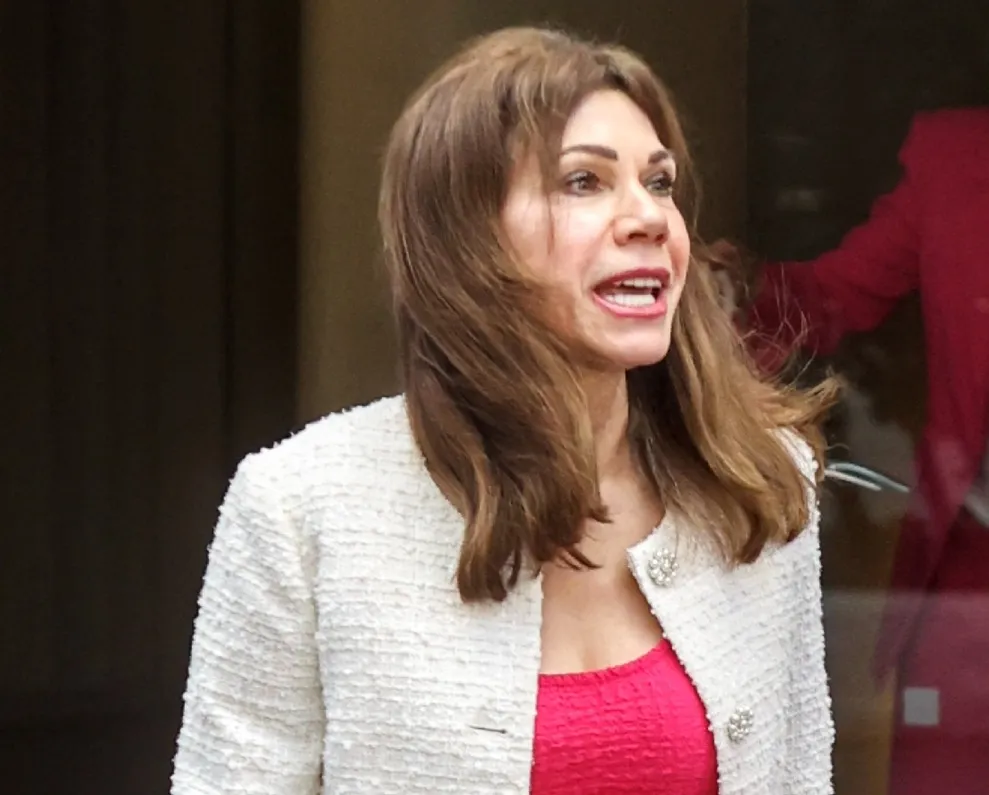How Led Zeppelin’s ‘Dazed and Confused’ Was Different From the Yardbirds Version
It was a long journey from the earliest version of “Dazed and Confused” to the marathon — at times, over 30-minute — performances Led Zeppelin would deliver in the band’s prime. And it all started with Jake Holmes, a songwriter and performer Jimmy Page saw open for The Yardbirds in 1967.
At the time, Page was working as the Yardbirds’ lead guitarist and songwriter following the departure of Jeff Beck. As for Holmes, who later got a songwriting credit after suing Led Zeppelin, he’d already created the descending riff and concept of the track when Page saw it with his band.
It impressed Page enough that he embellished the song with his fellow Yardbirds, working out a new arrangement and adding new lyrics. And if you catch recordings of the band in the Page era you’ll hear them perform it.
Of course, in the Led Zeppelin era, “Dazed and Confused” became one of the band’s signature songs during its knockout live performances. By that point, the track had evolved a long way from Holmes’ original concept.
The Yardbirds’ ‘Dazed and Confused’ was a strong first crack by Jimmy Page

After the departure of Beck, Page dove into his work with The Yardbirds. In the previous years, he’d worked as an ace session guitarist in London and decided he was ready to get going with his own band. And he had plenty to work with in the former group of both Beck and Eric Clapton.
In the Page era, Keith Relf still handled vocals, while drummer Jim McCarty and bassist Chris Dreja (previously the rhythm guitarist) rounded out the band. Between the four of them, they came up with an impressive re-imagining of “Dazed and Confused.”
Zeppelin fans will have no trouble recognizing the opening bars. Dreja’s bass line sounds close to what John Paul Jones would later play, while Page does his psychedelic accents on guitar. However, The Yardbirds version features a lot of heavy drums at the start.
When Relf’s vocals begin, Zep fans will notice another key difference. In his performance, he handles the lyrics in almost spoken-word style. But from there the song sounds familiar, instrumentally. There’s the moody middle section with Page bowing his guitar; the call-and-response of bass and guitar; and a heavy solo before a final run through a verse.
The Led Zeppelin version is far more dramatic — and a showcase for Robert Plant

After forming Zeppelin, Page took production into his own hands. And his recording of “Dazed and Confused” (with engineer Glyn Johns) is a masterpiece. Page wanted each instrument loud and clear in the mix, and he got that for Jones’ haunting opening.
At least in the opening bars, John Bonham plays quietly, taking a back seat in the mix. That’s a big change from The Yardbirds’ version. But when Robert Plant begins his vocals this “Dazed and Confused” hits another level. (Page rewrote the lyrics to further distance the song from Holmes’ version.)
All four members of Led Zeppelin have spoken of the impact they felt the first time they played together — and you get a sense of what they meant with this recording. In the hands of a Hall of Fame band like The Yardbirds, “Dazed and Confused” was good; in Zeppelin’s hands it became an explosion.
Everything — starting with Plant’s attack and continuing with the song’s epic scale — comes off better with Page and Zeppelin at work. And as solos go Page seemed determined to tear through strings and blow out speakers with his guitar work here. All in all, a good song became great in Zep’s hands.


